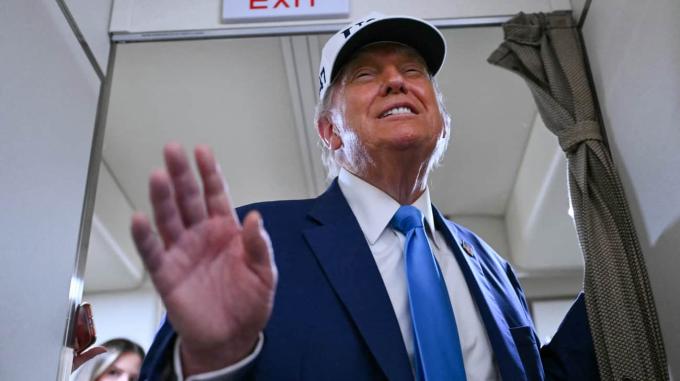Iranian Officials Surprised by Limited Results of US Airstrikes on Nuclear Facilities, Media Reports

According to recent intercepted communications from US intelligence agencies, high-ranking Iranian officials were shocked by the outcomes of the recent American military operations targeting their nuclear capabilities. Sources familiar with classified intelligence reveal that Tehran’s officials discussed why the strikes, authorized by then-President Donald Trump and carried out under his direct orders, did not produce the expected destructive effects or destroy key facilities on a large scale. Reports indicate that US intelligence intercepted conversations among two to four Iranian dignitaries who expressed genuine surprise regarding the results of the missile strikes. They questioned why the operations conducted on the night of June 22 failed to critically damage vital sites or cause widespread destruction. US government officials, including the Trump administration, did not deny the existence of these intercepted messages, but expressed skepticism about the objective assessment of Iranian officials regarding the military outcomes. White House press secretary, Caroline Leavitt, accused journalists of distorting facts and spreading fake news. She emphasized that Iran’s nuclear program has essentially been concluded, stating, “It’s shameful that The Washington Post helps people commit crimes by publishing out-of-context leaks.” She also claimed that the nuclear industry in Iran is finished, adding that “history has already been written.” Leavitt further criticized media reports, stating that “analysts generally agree that the strikes were conducted with overwhelming firepower, including 13-ton bunker-busting bombs and Tomahawk cruise missiles, which seriously damaged some nuclear sites in Fordo, Natanz, and Isfahan. However, the extent of the destruction remains subject to debate.” It has been reported that Iran had the opportunity to move some of its highly enriched uranium stockpiles before the attack, and that the explosions only sealed underground facilities’ entrances rather than destroying them entirely. On a closed briefing for Congress, CIA Director John Redcliffe informed lawmakers that several critical nuclear sites, including the uranium enrichment plant, were destroyed during the strikes. US intelligence estimates suggest that restoring these facilities could take years, significantly impacting Iran’s nuclear program in the long term. On June 22, in the early morning hours, US military forces launched a large-scale missile strike targeting three key Iranian nuclear facilities—Fordo, Natanz, and Isfahan. Within days, American media such as CNN and The New York Times confirmed that these strikes likely did not eliminate core components of Iran’s nuclear program, but rather delayed its development by a few months. Critics and diplomatic analysts immediately questioned why the destruction was less extensive than expected and whether the operation was part of a larger strategic campaign. Subsequently, Trump accused the media of spreading “fake news” in response to reports, labeling it an effort to undermine the success of what he called “the most successful military operation in US history.” Reports also suggest that Trump’s administration is considering restricting classified information sharing with Congress amid concerns over leaks and internal disagreements regarding the operation’s effectiveness and its implications for national security.

